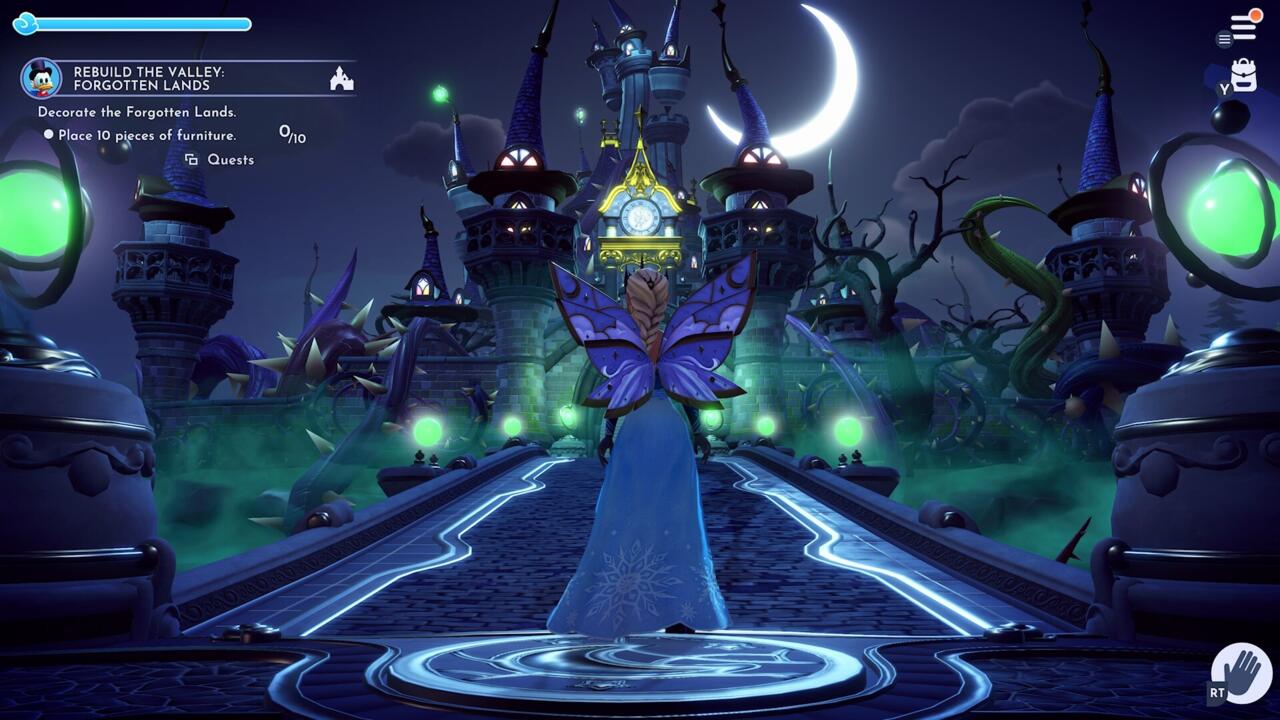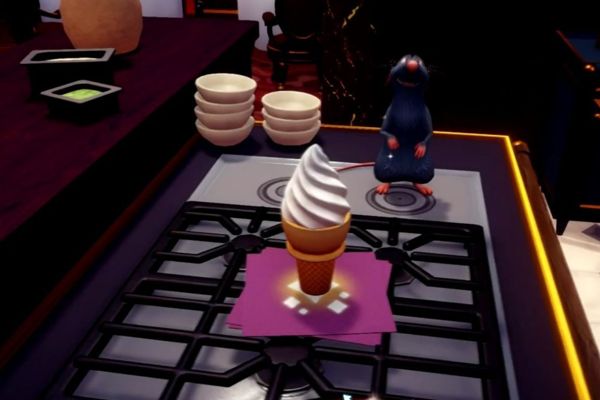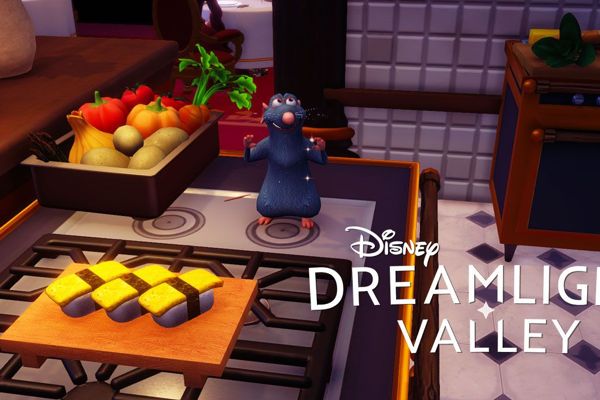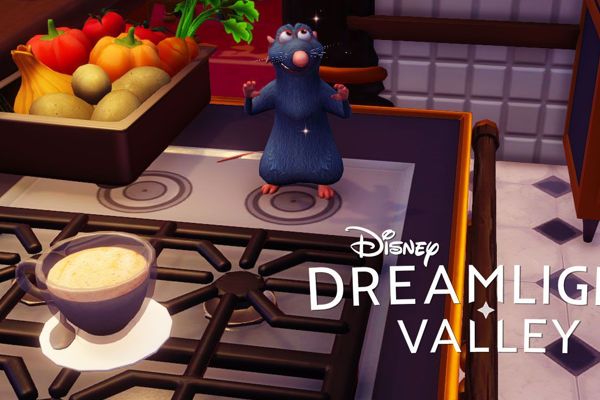
Disney Dreamlight Valley: Unveiling the Intricate Narrative Behind its Intuitive Gameplay

Disney Dreamlight Valley offers a captivating blend of simple gameplay and a rich, intricate storyline, immersing players into a world where they navigate between fulfilling tasks for beloved characters while unveiling the depths of darker realms
Disney Dreamlight Valley, which was made available in early access at the end of 2022, quickly became a favorite in my household with its combination of Animal Crossing and Mickey Mouse gameplay. The relaxed and enjoyable gameplay, along with soothing music and the presence of beloved family-friendly characters, provided a welcome escape from my usual workload. I didn't have high expectations for the game, considering Animal Crossing's minimal story, but I was pleasantly surprised by the depth and emotional resonance of Disney Dreamlight Valley. The writers at Gameloft went above and beyond, creating a heartfelt exploration of childhood, adulthood, and the transition between the two. This unexpected narrative choice really made an impact on me and has stuck with me long after finishing the game.
What's the deal with that treehouse in Disney Dreamlight Valley?WARNING: Spoilers for the first year of content ahead.
For those unfamiliar with the plot, Disney Dreamlight Valley centers around a protagonist who revisits the valley they built as a child after being away for years, only to discover it in disarray due to an event known as The Forgetting. Homes are collapsing, sinister vines are spreading, and the previous residents are either absent or suffering from memory loss. Our return appears to awaken our dormant Dreamlight magical abilities, and from there we embark on the mission to restore the valley to its former glory.
The vines symbolize the darkness that has descended upon the valley, caused by The Forgotten, a malicious force that has tainted the once peaceful world through unknown means. As we uncover more about the origins of this sinister entity through ancient texts, we eventually come face to face with the villain--who bears a striking resemblance to the hero we have created. This revelation serves as a twist, revealing that the hero and The Forgotten are one and the same, with the "evil" version representing the creator's journey from childhood to adulthood, including the tumultuous teenage years.
This revelation is slowly unraveled until the first encounter, after which the story truly takes off. The game even provides a content warning before the final missions, alerting players that "The Forgotten Memories quests deal with some difficult emotions and themes, such as sadness, loneliness, and anger." It advises players to take a break if they feel unprepared to face these themes and emotions.
Following the questline, we are transported back in time to the onset of the "darkness." We embody the Forgotten version of ourselves and encounter familiar characters who request our help with familiar tasks, such as Mickey asking for flowers for Minnie and Goofy needing help with cooking. Despite our efforts, our dialogue choices are clouded by negative emotions due to our character's troubled psyche. As we converse with our friends, intrusive thoughts disrupt our speech, leaving us questioning the point of our actions and feeling like we will fail.
Upon gathering the requested items, we notice that the flowers for Mickey are wilted and the food ingredients for Goofy are spoiled. When the Forgotten delivers the items to their friends, the reactions are unexpected, causing the Forgotten to spiral into anxiety. Dialogue options reflect this descent, with one expressing a desire to be alone and another simply exclaiming in frustration.
The children didn't understand, but I was fully engaged. These feelings are common as people transition from childhood to adulthood. Things they once enjoyed now seem mundane and irritating. Self-doubt, anxiety, and overreaction are all part of growing up, and Disney Dreamlight Valley effectively portrays this through its scenes. As our character, we are tasked with collecting "hidden relics" of the Forgotten's past, venturing into a dark and twisted version of the castle in the middle of the valley. The castle has been consumed by darkness, with vines growing through the walls and floors. When we finally meet the Forgotten, we are transported to a world of pure darkness, with only a few areas illuminated by spotlights.
The Forgotten's ominous castle abode. Utilizing the "relics" of yesteryears, we unearth the truth: The Forgotten embodies our character's long-lost childhood, vowing to cast darkness upon the valley to prevent others from enduring what they once did. Through the restoration of sacred remnants from their past - like a shovel and pail in a sandbox, or the cherished childhood blanket - we persuade them that darkness is not the solution, ultimately winning the day.
The most fascinating part is what becomes of the Forgotten after the conclusive mission: Instead of vanishing into the light or being imprisoned in the dark castle, they simply assimilate as another member of the village. Subsequently, a new questline unfolds where the player character and their forgotten childhood collaborate to improve the valley for all.
I was pleasantly surprised by the captivating story in my Mickey Mouse cozy life sim by Gameloft. It's hidden right in between trips to Scrooge's shop and interior decorating, and it's one of the best stories of the year.
Editor's P/S
As a Gen Z netizen, I was pleasantly surprised by the depth and emotional resonance of Disney Dreamlight Valley. The writers at Gameloft went above and beyond, creating a heartfelt exploration of childhood, adulthood, and the transition between the two. This unexpected narrative choice really made an impact on me and has stuck with me long after finishing the game. I appreciate how the game tackles difficult emotions and themes, such as sadness, loneliness, and anger, in a way that is both relatable and thought-provoking.
The game's exploration of the transition from childhood to adulthood is particularly poignant. The Forgotten Memories quests effectively capture the self-doubt, anxiety, and overreaction that are all part of growing up. The use of intrusive thoughts and negative dialogue choices to represent the Forgotten's troubled psyche is a clever way to convey these emotions. The game also does a great job of portraying the way in which things that were once enjoyable in childhood can become mundane and irritating as people get older. Overall, I found Disney Dreamlight Valley to be a refreshing and thought-provoking take on the life simulation genre, and I highly recommend it to anyone looking for a game that offers more than just simple gameplay.















